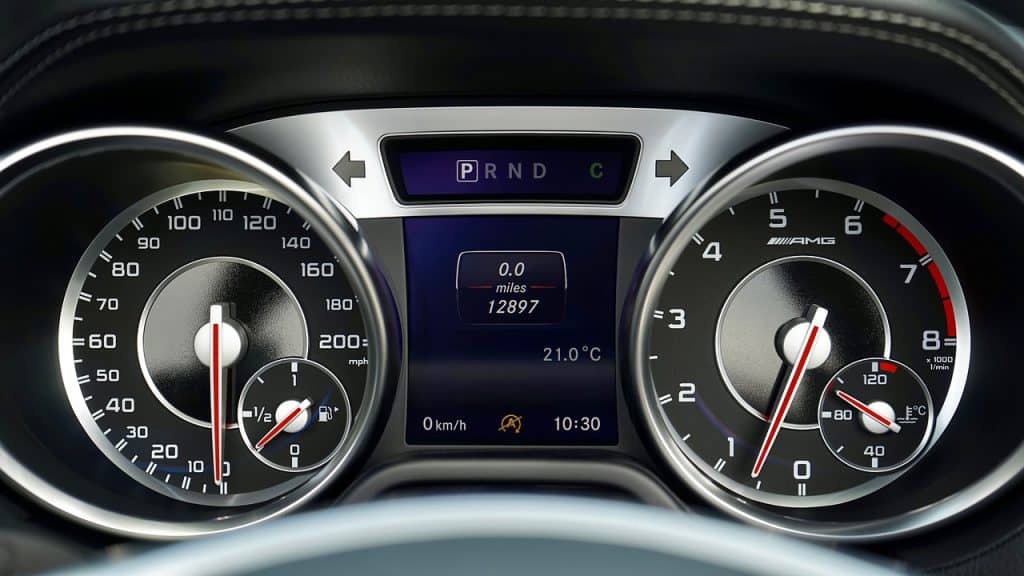
Odometer rollbacks occur when an unscrupulous owner or seller of a car alters the miles that display on a car’s gauge cluster. This might be done as a way to avoid mileage charges in a vehicle lease or to dramatically increase the value of a car. Today’s technology makes rolling an odometer back easier than ever.
“Odometer fraud didn’t go away with the introduction of digital odometers,” said Patrick Olsen, Editor-in-Chief for CARFAX. “We’re still seeing the number of vehicles on the road with a rolled-back odometer rise year-over-year. It takes con artists only a matter of minutes to wipe thousands and thousands of miles off a vehicle’s odometer.” Add to that simplicity a market where used car prices continue to run high, and it’s an enticing situation for scam artists.
These are the 10 states nationwide with the most vehicles with rolled-back odometers. Nine of the 10 saw increases this year:
- California: 469,000, up 7.2%
- Texas: 277,000, up 12.8%
- New York: 100,000, up 9.0%
- Florida: 85,400, up 1.4%
- Illinois: 79,000, up 7.6%
- Pennsylvania: 69,600, up 2.1%
- Georgia: 67,600, up 4.0%
- Arizona: 57,000, up 4.8%
- Virginia: 56,000, unchanged
- North Carolina: 49,000, up 8.2%
Consumers can get a free Odometer Fraud Check as well as tips to protect themselves at www.carfax.com/odo.
If you detect fraud
The National Highway Traffic Safety Administration (NHTSA) offers a website that shows which state agencies that handle fraud and information about federal investigations into odometer fraud.
NHTSA suggests:
- Ask to see the title and compare the mileage on it with the vehicle’s odometer. Be sure to examine the title closely if the mileage notation seems obscured or is not easy to read.
- Compare the mileage on the odometer with the mileage indicated on the vehicle’s maintenance or inspection records. Also, search for oil change and maintenance stickers on windows or door frames, in the glove box or under the hood.
- Examine the tires. If the odometer on your car shows 20,000 or less, it should have the original tires.
- Look at the wear and tear on the vehicle—especially the gas, brake and clutch pedals—to be sure it seems consistent with and appropriate for the number of miles displayed on the odometer.
- Request a vehicle history report to check for odometer discrepancies in the vehicle’s history. If the seller does not have a vehicle history report, use the car’s VIN to order a vehicle history report online.
- If you suspect fraud, contact your state’s enforcement agency.